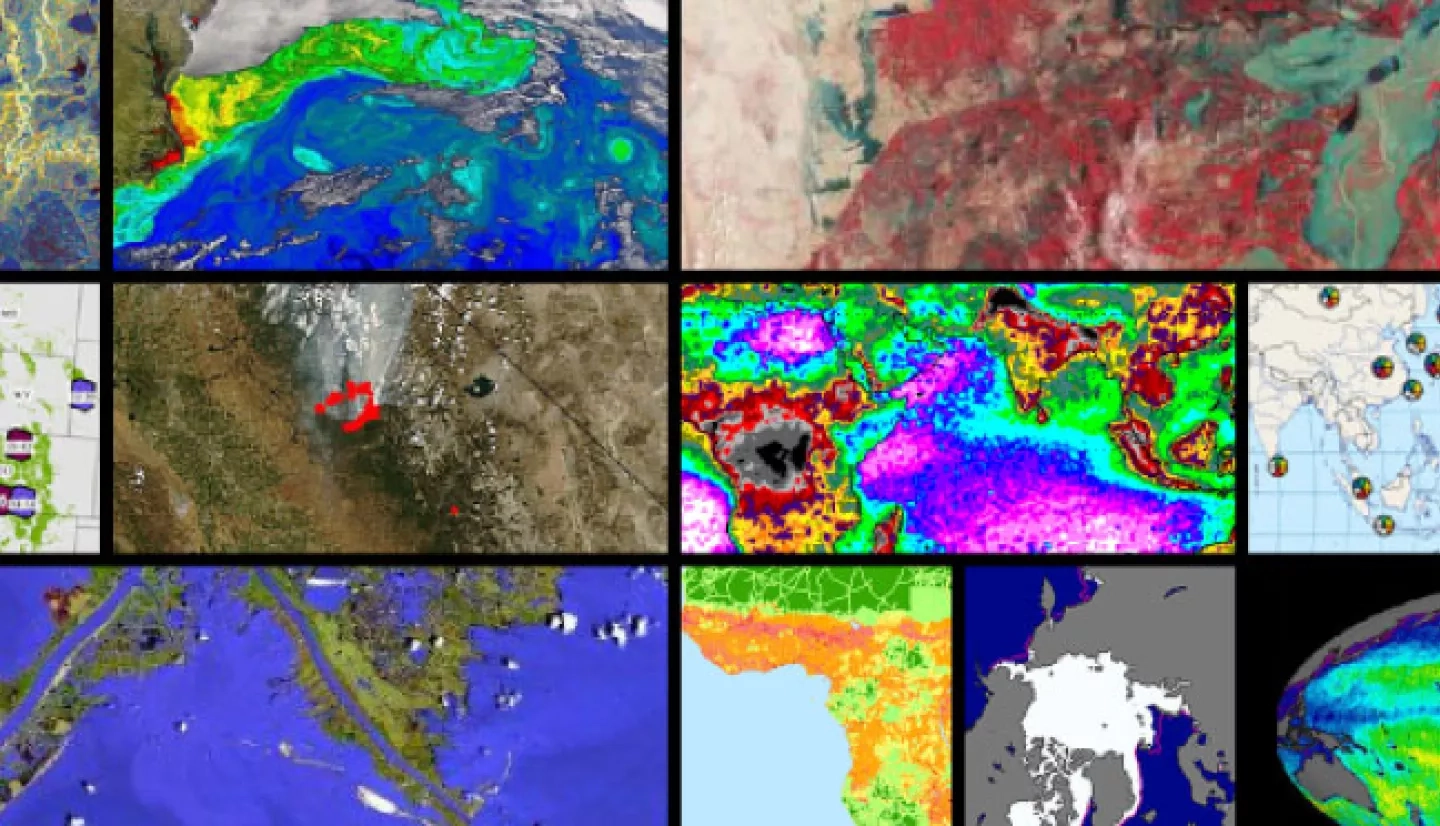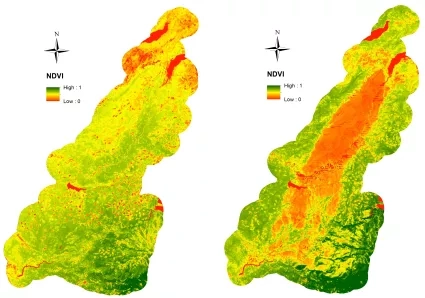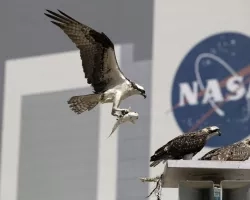NASA’s data is all freely available to the public, but the sheer volume of information can make it difficult for scientists to find the resources they need. This spring, NASA released a new resource for researchers studying biodiversity and ecosystems: the Biological Diversity and Ecological Forecasting Data Pathfinder.
NASA data pathfinders are developed by NASA’s Earth Science Data Systems (ESDS) program for the website Earthdata.nasa.gov. They are intended to guide users through the full library of NASA Earth science data, especially those new to these resources like early career researchers, students and applied sciences data users. These pathfinders provide direct access to commonly used datasets across NASA’s Earth science data collections, as well as tools, trainings and guides that provide different ways to visualize and save the data in different file formats.
The Biological Diversity and Ecological Forecasting Data Pathfinder is divided into four parts:
- Vegetation Characteristics and Processes Data includes vegetation types, plant greenness, and forest height.
- Biodiversity-related Spectroscopy Data provides direct detection of species presence and information on invasive species.
- Human Impacts Data can help scientists track agriculture, effects of nighttime lights on predator-prey interactions and impacts of climate change.
- Species Distribution Modeling Data focuses on how variables like rainfall, elevation and ocean color relate to the presence and absences of different species.
Whether scientists are looking for in-person observations of endangered species, or remotely sensed rainfall and habitat details that can indicate where those species might be found, the Biological Diversity and Ecological Forecasting Data Pathfinder can help researchers find the data that’s right for their project. These Earth observations are already being put to use to protect human health and the environment via the Ecological Forecasting program area.




